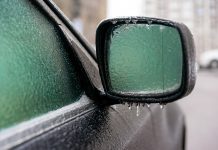
A version of this column was originally published in 2016. As jack frost approaches each fall, the content remains relevant to readers who may be interested in yearly winter rain barrel maintenance. Readers may also be interested in why rain barrels are beneficial to your multi-season garden.
This year, the GreenUP Store distributed 155 rain barrels. The rain barrels we make available to our community are locally refurbished from used food-grade barrels.
Many of the barrels that we offer are subsidized by either the Peterborough Utilities Group or the Township of Selwyn — making them an appealing option for improving your garden, saving money and energy, and protecting local water sources.
Rain barrels, for those of you who don’t already know, are part of a system that stores rainwater from your roof that would otherwise be lost to runoff and diverted to storm drains and streams.
They can come in a variety of shapes and sizes — you may have seen GreenUP’s recycled barrels around Peterborough/Nogojiwanong in a rustic red autumn-tone — and used in municipal, residential, and community gardens.
Storing rainwater is one way that residents can reduce their use of tap water, and as a result save energy and freshwater.
While many people are choosing to install rain barrels as an effective way to gather rain for use when conditions are dry, rain barrels also help to slow the runoff of storm water over city streets, which can then be diverted to gardens and can help to reduce flooding in urban areas.
Despite the frosty mornings, rain can often still be in the short-term fall forecast. You can continue to empty your rain barrel over the next few weeks to prevent it from overflowing.
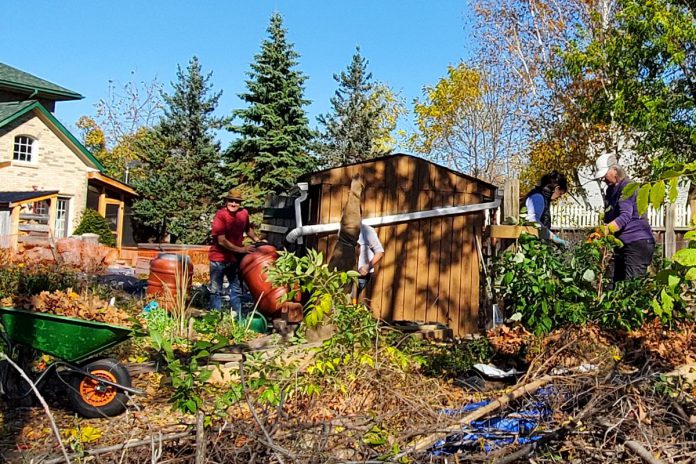
If you’re done gardening for the season you may not need the water, but emptying water onto any permeable surface around your home will allow it to slowly infiltrate the ground instead of running off onto driveways or into storm sewers — which can be negative as water that takes this path often picks up pollutants like oil, trash and even pesticides and fertilizers used over the season.
Unless you’re growing kale, chard, or hearty herbs, your gardening season is likely over and soon the rain will be changing to snow. While you’re making plans to put your garden beds to rest, don’t forget to winterize your rain barrel too.
Taking a few minutes to care for your rain barrel this fall will ensure that it lasts for many years. Follow these four recommended steps to properly store your rain barrel over the winter:
Step 1: Drain all of the water out of the rain barrel and leave the spigot open
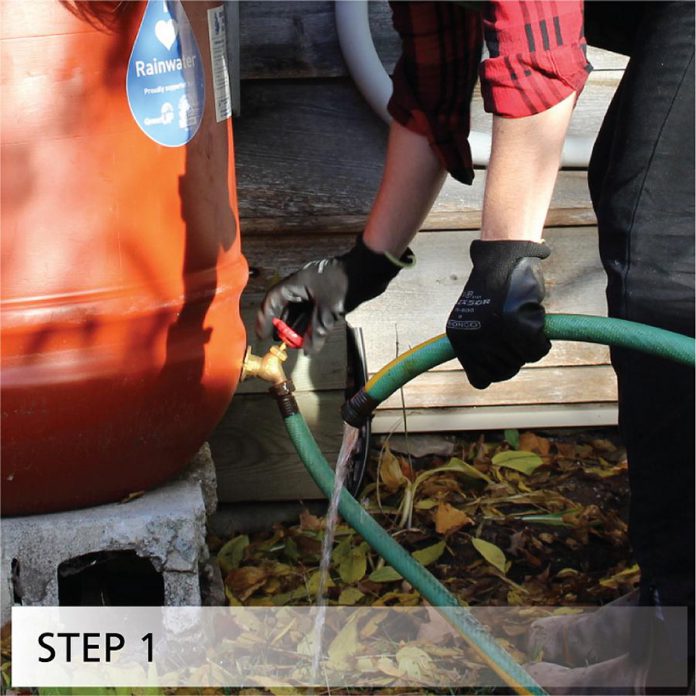
Any water that is left in the rain barrel can freeze over the winter and cause the plastic to crack.
Drain all of the water out of your barrel before freeze-up and leave the spigot in the open position. This will ensure that no moisture will remain in the spigot that could otherwise cause cracking or break the water seal.
If you like, give the barrel a rinse; some algae or debris may have made its way inside over the season.
Step 2: Remove the lid and anything else that’s attached to the barrel

Detach all the components from your barrel including the lid, overflow valve, and hoses.
All these should be drained of water and stored separately from the barrel.
Step 3: Detach the barrel from the gutter or downspout
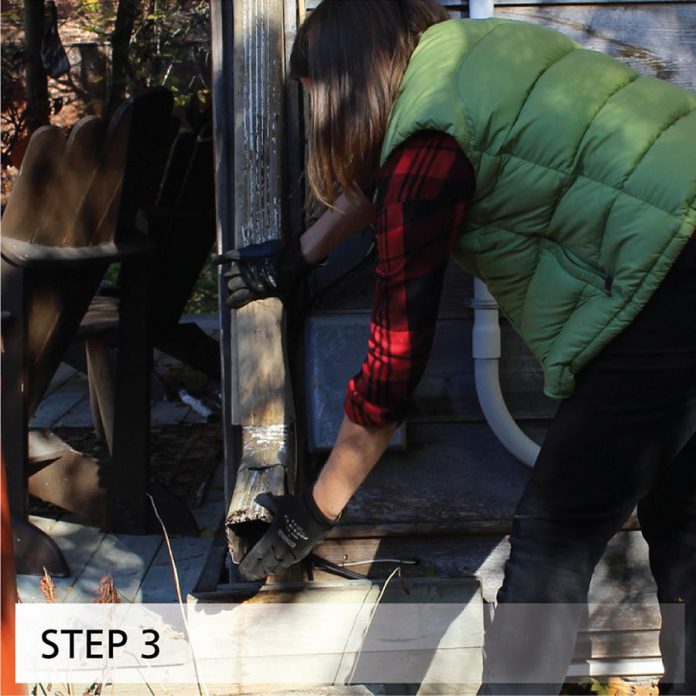
Detach your barrel completely from the eavestrough, downspout, or any flexible tubing that connects it to your home.
Don’t forget to re-attach the length of downspout that extends your eavestrough to the ground — you would have removed this when you installed your rain barrel.
You will want it back in place during the January thaw, and in the early spring before you re-install the rain barrel for the growing season.
4. Store your barrel upside-down in a shed or garage, or in a sheltered area outside
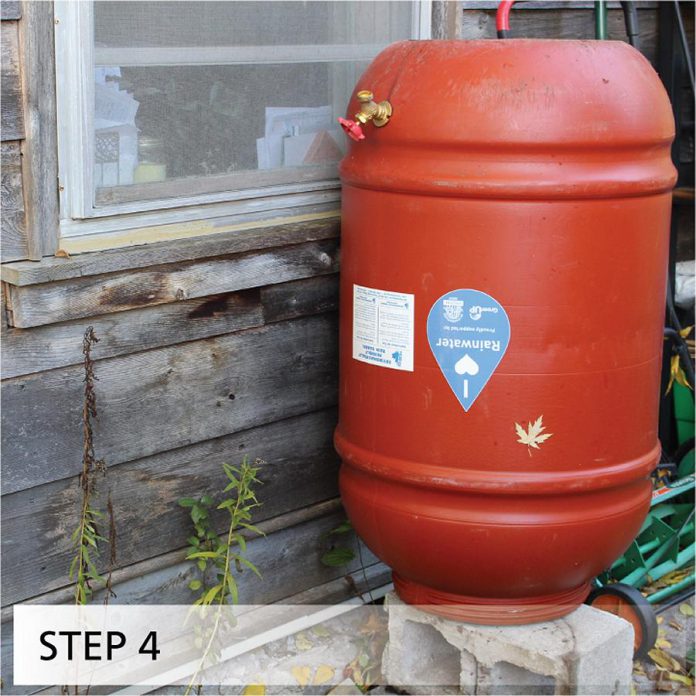
Storing your rain barrel inside a shed or garage will help extend its life.
If you must store it outside, choose a location that is away from direct sunlight and where it won’t be carried away by the wind.
Be sure to store it upside-down to prevent water or snow from collecting inside.
It is also recommended to clean and maintain your eavestroughs and downspouts by removing leaves and debris that can clog up gutters and rain barrels. This will leave an open pathway for rain to flow through during winter thaws and will make for quick and efficient rain barrel set-up come springtime.
If you use a rain barrel, you likely understand how far storing water goes when it comes to keeping down your overall metered water usage. Each barrel holds between 190 and 220 litres.
If all the rain barrels sold at the GreenUP Store in 2022 were filled and drained only once this season, then together we diverted between 30,000 and 35,000 litres, or approximately 7,000 gallons, of rainwater — that is the equivalent of over 330 bathtubs full!
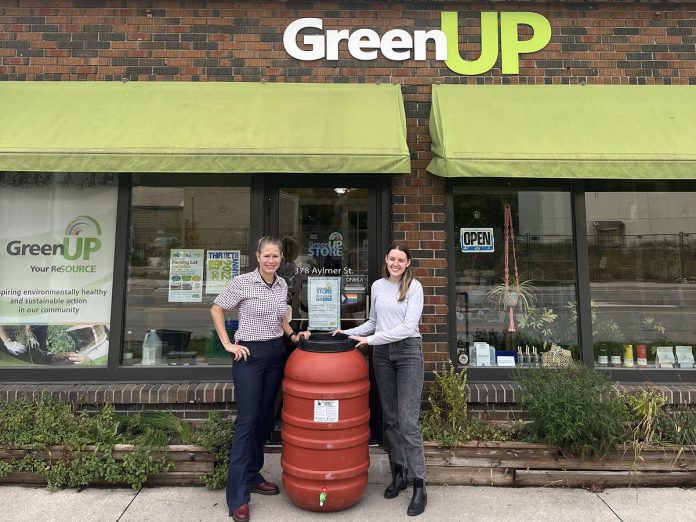
If that’s not enough to have you consider a rain barrel for 2023, we invite you to look around at the local community gardens that thrive with the use of a rain barrel to supplement their municipal water use and benefit their plants.
If you feel that the volume of one rain barrel is not enough, or that you’d like to save more water, consider adding a second, or third barrel in 2023. Successive rain barrels can be hooked up to one another via the overflow valve and hose to save even more water each time it rains.
The GreenUP Store will be carrying the same re-purposed, food-grade barrels with brass fittings, overflow valve and hose, and top netting again next year.
For more information and for updates on the Peterborough Utilities Group and Selwyn County rain barrel subsidies, check out shop.greenup.on.ca/collections/outdoor or inquire in-store with our knowledgeable staff at 378 Aylmer Street North in downtown Peterborough.




